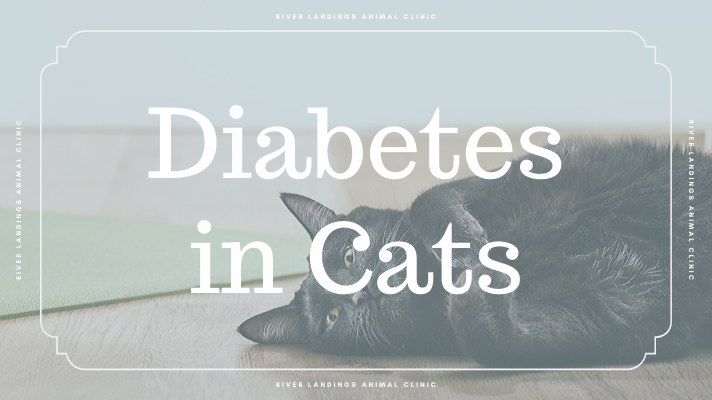Yes, you can in fact train a cat—as independent as they may be.
Never Punish
Cats won’t learn from what some owners would consider “discipline.” Worse yet, “punishing” your cat can induce stress. This may lead to behavioral and health problems—not something you want to deal with in cat training or in general. Remember that patience and positive reinforcement are essential if you’re learning how to train a cat.
Get a clicker & treats
Commonly used as training tools for a wide variety of animals, a clicker will set you back just a couple of bucks and help you give positive reinforcement when you’re learning how to train a cat.
Tip: You can also use a regular pen with a clicky button—the important thing is to have a distinct noise you can make instantly.
Most cat training involves offering your cat a treat it likes following a click to mark the desired behavior. These tactics also work when it comes to giving your cat a pill. Without the clicker, your cat may be confused about why it’s being rewarded: If it obeys a command, hears the click, and then gets a treat, it’s more likely to catch on.
How to train a cat to come on command
Cats can learn to respond to a vocal cue and run your way. This step of how to train a cat starts by making a distinct noise before feeding—before you open a bag or can—like vocally call your cat, or click your tongue. Your pet will learn to associate that noise with something positive (food) and will eventually head to you when it hears it. Then, encourage this behavior outside of normal feeding times. Start from short distances. Make the noise, use your clicker when your cat comes, and then reward your pet with the treat. Over time, call the cat from longer distances. The ASPCA recommends up to two “cat training sessions” a day, for five minutes or less, during which you should repeat the behavior up to 20 times.
How to train a cat to use a toilet
Training a cat to use the toilet definitely takes some work, but think of the benefits: You’ll save on litter and enjoy a cleaner home. First, place a litter box adjacent to your toilet. Then gradually bring it closer and closer to the top of the seat—you might need a stool to make the process easier on the cat. Once your pet is accustomed to using a litter box on top of the toilet, transition to a special litter box that fits within the toilet itself. (Buy flushable litter, and expect spillover.) Gradually use less and less litter to get your cat accustomed to doing its business without it, and then, remove the litter box entirely.
How to train a cat to shake hands
This cat training is simpler than you might expect: Get a treat ready, then align yourself to the same level as your cat. Tap your cat’s paw while saying “shake,” and use your clicker when it moves its paw. Repeat training until your cat offers its paw in response to the “shake” command without tapping. Like the “come on command” trick, this can take a few training sessions over the course of a couple of days. Once this skill is mastered, your cat will be ready to star in internet cat memes.
How to train a cat to walk on a leash
Get a harness with a leash that attaches at the cat’s back, not its neck. Before putting it on your cat, leave it out for a few days in areas where your cat goes—like its feeding area or favorite sleeping spot, so that the animal is accustomed to the sight of it. Next, you’ll transition to draping the harness over the cat (without fully attaching it) when giving it a treat. You’ll eventually move to securing the harness around the cat without the leash—leave it on your cat for a couple of minutes at first, then increase the time over the course of a few days. Once your pet is comfortable with the harness, attach the leash to it, and let your cat wander freely inside with it. After a few days, start holding the leash during training. Then: Ease into the great outdoors! Make sure you let your cat take its time exploring a new area, and start somewhere quiet.
Hear From Us Again
Don't forget to subscribe to our email newsletter for more recipes, articles, and clinic updates delivered straight to your e-mail inbox.
Related Categories:






